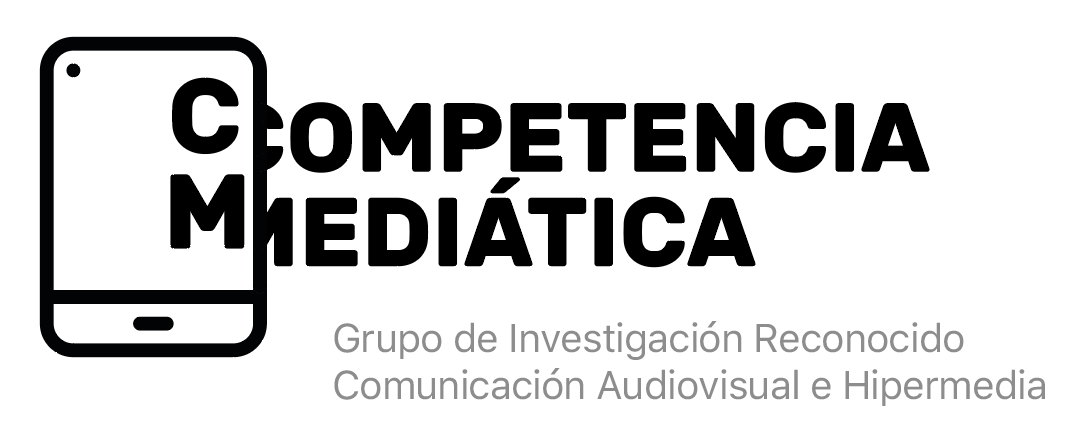Diegetic and non-diegetic surprises, and their effect on liking, long-term recall and comprehension in narrative television commercials
The aim of this experiment is to classify surprises in audiovisual narratives, and to measure the efficacy of surprise in audiovisual stories in terms of liking, long-term recall and comprehension in television commercials. The theoretical analysis leads to distinguish 3 types of audiovisual narrative surprises: non-diegetic, diegetic implausible and diegetic plausible. In order to test these types of surprises with complete and homogeneous stories in terms of duration, and to show many of these types of surprises to each participant, 16 narrative television commercials (M=40,68 seconds) were used as stimuli in this study. The experimental design was a 4 groups (3 groups of surprise, and 1 non-surprise group, 4 stories each) fully randomised experiment (N=120, Age: 18-24). The results showed that surprise had a significant enhancing effect on liking, on the day of the viewing (c² (3,N=480)=5.83, p=0.12), and one month after (c² (3,N=480)=10.38, p=.016); an ANOVA test showed a significant relation between surprise and the degree of comprehension (F(1,480)=12.14), p<.001): stories that elicited surprise were less comprehended (M=+2.29, SD=0.50) than the ones that did not surprised (M=+2.67, SD=0.89); and non-diegetic surprises elicit better long-term free recall than audiovisual narratives without surprise (50% recalled, AR=3.3). These results suggest a major difference between non-diegetic and diegetic surprises, and they point out that highest levels of surprise elicit a highest degree of liking, even if not fully comprehended. In conclusion, future studies on audiovisual narrative surprises should focus on the relation between the underlying schemata regarding story elements, and the different types of surprising stimuli.
Bermejo, Jesús, y Jaime López Díez. 2019. «Diegetic and non-diegetic surprises, and their effect on liking, long-term recall and comprehension in narrative television commercials». Communication & Society 32 (1). https://doi.org/10.15581/003.32.1.91-106.

